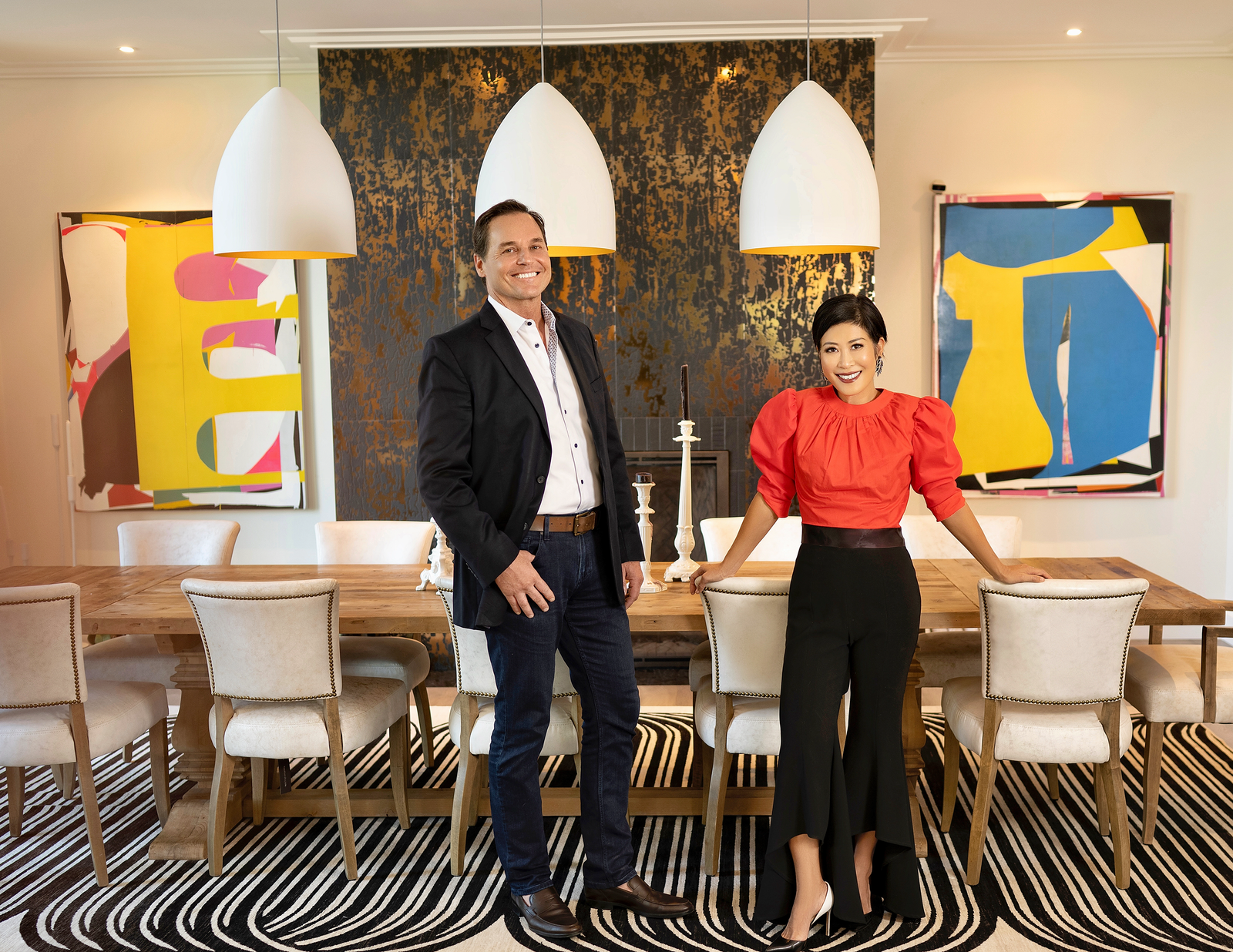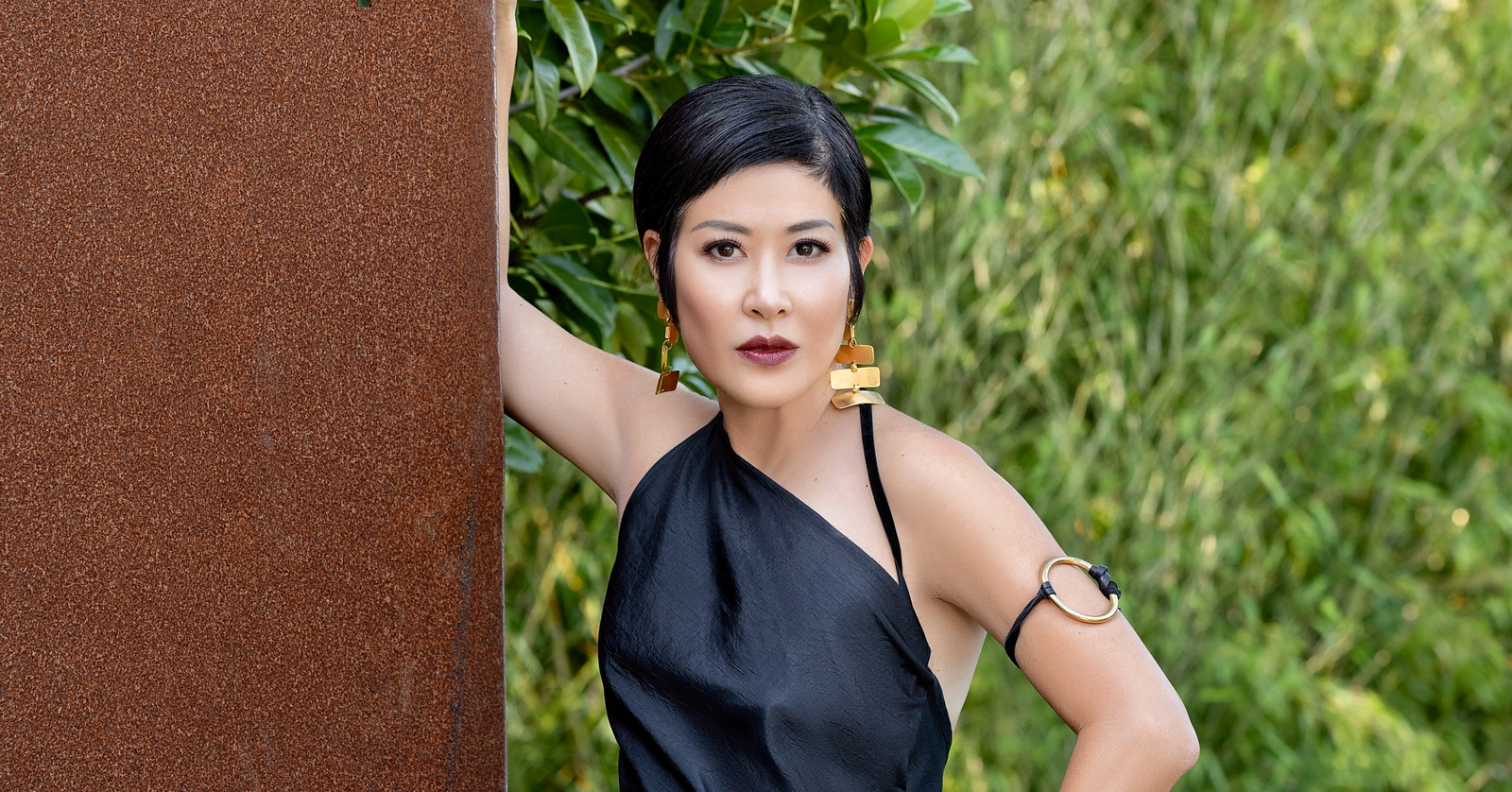When Creativity Takes the Lead
Heddie Chu Recognizes that leadership looks different for everyone, however, the common thread that ties it all together is passion, agility, and the heart to empower others.
Words by Timothy Diao
Leadership comes in different packages. There are those in sharp suits and leather shoes, others in black turtlenecks and gray sneakers, and there are leaders with bright red earrings and even redder lips. Heddie Chu is the latter.
BŌK Modern’s co-founder and owner bring a human face to leadership. She acknowledges the difficulty of being an Asian-American woman of creative background, running an architectural metal systems firm. She recognizes that her wins coexist with her struggles. One must grow into the role and embrace everything that comes with it—both the good and the bad.
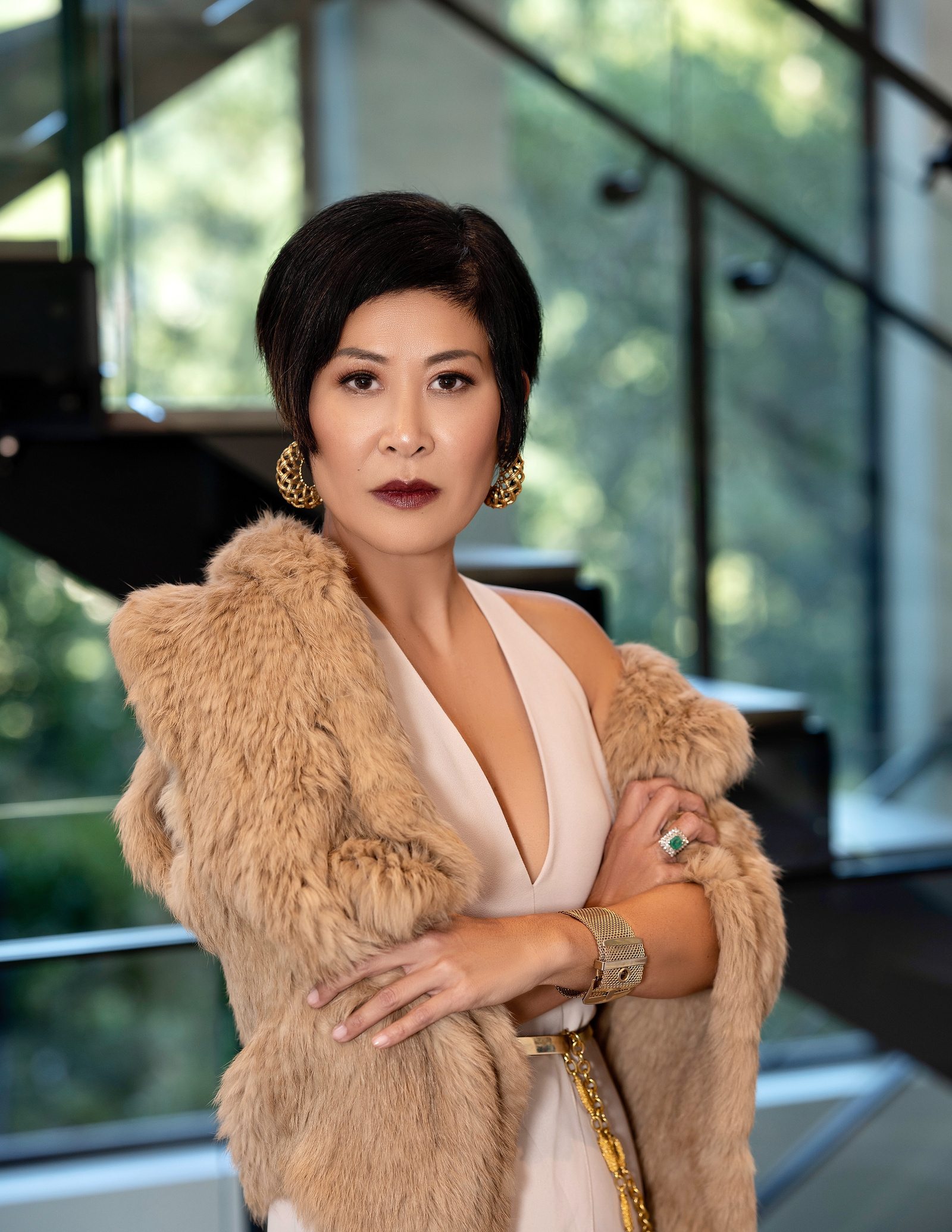
Coming into a more leadership position, Heddie felt the need to diverge her creative side from how she heads the business. She would forego the frills she armored herself, pulling her further from her true self.
“When I was struggling in the beginning, I was speaking louder. I was trying to be more macho and separate my creative side. I wanted to run the business like a businessman.”
She later realized that being true to who she is as a person and as a leader makes her more effective in what she does.
“I don’t want to separate being creative and being a business person because what I do as a businesswoman is creative. My creative background is me. I brought that into how I led the business. By incorporating that background, I’m a much stronger leader,” she shares of her journey.
To Heddie, taking one’s ego out of the equation makes for a more passionate and compelling leader. And you can’t force it out of a person, “I think you have to love leading. You have to love doing it because it’s a lot of work. I can’t imagine anyone wanting to lead unless that person is passionate about it.”
We talk to the South Korean-American communications and interior designer and business owner about creativity, leadership, and why it’s okay to make mistakes along the way.
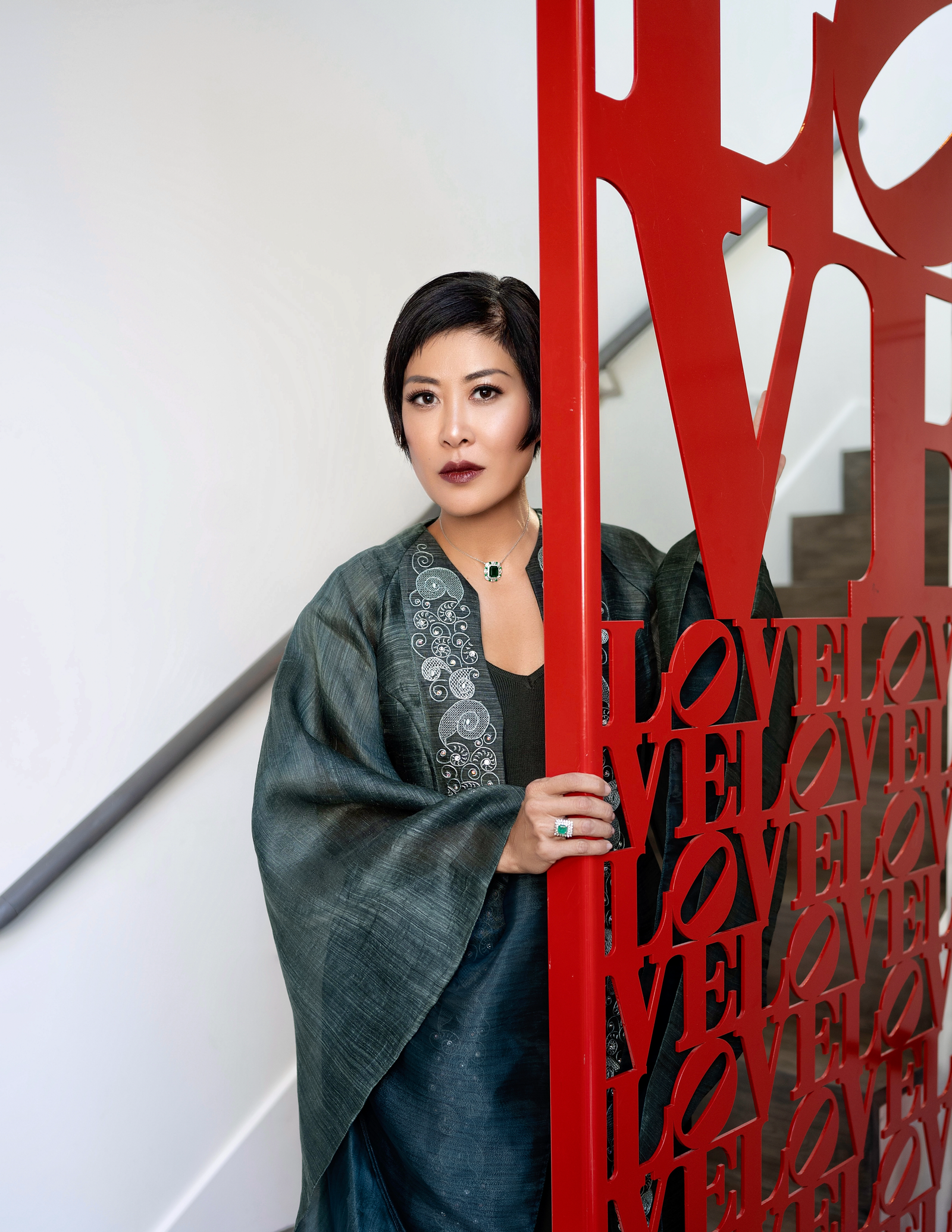
Were you exposed to the creative industry at an early age? How did you get your footing in the design industry?
I studied at Parsons School of Design in New York as well as in Paris. It was very natural for me to step into the design industry. I studied fashion design, and then I ended up in communication design. I met my husband and business partner, Russ Naylor. We’ve been together for about 26 years and own BŌK Modern, where we design architectural metal systems.
He’s our creative director. We’re both very strong creatives. But then one day we woke up, we were like, we’re not making any money because we were just creating all the time. We decided that one of us has to do the business side because we can’t be both handling creatives. I said I’ll do the business side. I have no business background, but now I love it. He involves me in creative decision-making, but I run the company more.
I hated it at first. I’m dealing with a mostly male-dominated industry, especially the construction industry. But I love it now because it’s really about problem-solving.
Was it challenging for you to transition from a creative role to a more managerial function?
I had a really hard time with that transition. I struggled a lot because I was a creative Asian female, a minority. And then I transitioned over to being a businesswoman in a very mainstream, very white-dominated male industry. I hated it at first, but I love it now.
I was like, how do I do this? When I was struggling in the beginning, I was speaking louder. I was trying to be more macho and separate my creative side. I wanted to run it like a businessman. And then, after a few years, I realized that I didn’t want to separate those sides of myself.
I don’t want to separate being a creative and being a business person because what I do as a businesswoman is creative. My creative background is me. I brought that into how I led the business. By incorporating that background, I’m a much stronger leader.
Now I feel much more comfortable and more confident. When I was struggling in this role before, I would wear business suits and things I don’t even like to wear to convey being a business leader. But now, I wear big red earrings and red lipstick to big meetings. It’s a very creative process now and I’m having a lot of fun.
Was there a time that you wanted to shift careers or not pursue your career?
Never, because I don’t like to go back. Ever since I was young, I have always told myself that I’m on the right path. This is where I’m supposed to be because somewhere along the way, I attracted this into my life. Somewhere along the line, I said, I want to be the leader. I want to be the boss.
But I started on the creative side, now I do my work in a creative way. And also my partner is such a creative individual. I get my fix through him. He includes me in his work and we designed our own house together. He did all the exterior. I did all the interior. I get my creative fixes through other things.
How does being a woman of color in your position inform your perspective on leadership?
That’s a big topic for me because I talk to my husband about it all the time. It’s how you position yourself. It’s how you brand yourself. If you go out there and you’re going to keep telling yourself that you’re limited as an Asian minority, then you’ll be limited by that.
It’s a struggle because there are times when I walk into a room and even before I speak or before they find out that I’m an owner, I can feel some tension and I can sense that people have already started to size me up—my knowledge and my experience in the game. However, if anyone steps over the line during this process, fight right back. I don’t want to take shit from anybody.
At the same time, I need to make sure that I don’t confuse their response to me. If it’s a negative response, I have to make sure that I don’t get their reaction confused with them being racist or negative or looking down on me versus me being in the wrong or our company doing something wrong. Sometimes it could be just my own insecurity or my perception. As you know most of our perceptions are wrong. The main thing here is to understand the situation and have empathy and compassion before you fight back, or lose.
I always try to focus on the business. What’s important is the center I have. I try to make sure nothing gets to that center because it’s also up to you if you let a negative encounter ruin your entire day for the rest of the people you interact with.
Whatever you do, whoever you are—whether you are a janitor or the president—I think we all need to protect our center. Just breathe. That’s my check and balance. When I’m upset, I just try to focus on the center of my being and just make sure nothing gets to that. You have to reserve that.
What are you going to do? And you have to focus on the business. You have to focus on the context. You have to focus on the solutions. You can’t get personal. Of course, I get my feelings hurt and all that, but how can you think about that when you’re dealing with 20 people a day and then more clients.
Were you always confident in your voice?
I have to admit though there are not very many Asian women who can naturally speak up and have confidence. I actually talked about this with my best friend, Fiona Ma. We talked about how some of my friends, who are Asian women, struggle a lot with their confidence. But I always had that confidence, my dad gave that to me. Fiona and her father are very close too, and her father gave her that confidence. Ever since I was little, my father always said, you can do anything. We are both very lucky to have fathers who simply believed in us without a single doubt.
And you know, when I came here from South Korea, I couldn’t speak English. I tried to find out what I was better at than these people. I’m always looking out for that. I can’t speak English. But you know what? I can dress better! I would dress very differently and I couldn’t speak a word of English, but I try to find something I could be better at. I did that and I was voted the most fashionable person in school.
How did you come about opening Parsons School of Design in South Korea and Malaysia?
I was a liaison between Parsons School of Design in New York and South Korea. Chairman Lee of Samsung wanted to open up an affiliate school in South Korea. So I designed the business model and curriculum with our dean. I don’t know how I did it. It was crazy. I don’t know how I had zero fear of doing this at such a young age.
I brought all the faculty members from New York to South Korea. I hired faculty members in South Korea. I worked with Samsung, they were all men, again. And they were much older than me.
I was very lucky because our dean was a mentor and he literally took me to Seoul, introduced me to everybody, dropped me off, and said good luck. And then after that, the business model worked well, then I helped develop another school in Malaysia.
I was employed by Parsons School of Design. I represented the school in facilitating the curricula, the faculty members, and getting the school going. And then my job was done. I would go there once a month. It was grueling. When I was young, I had a lot of energy.
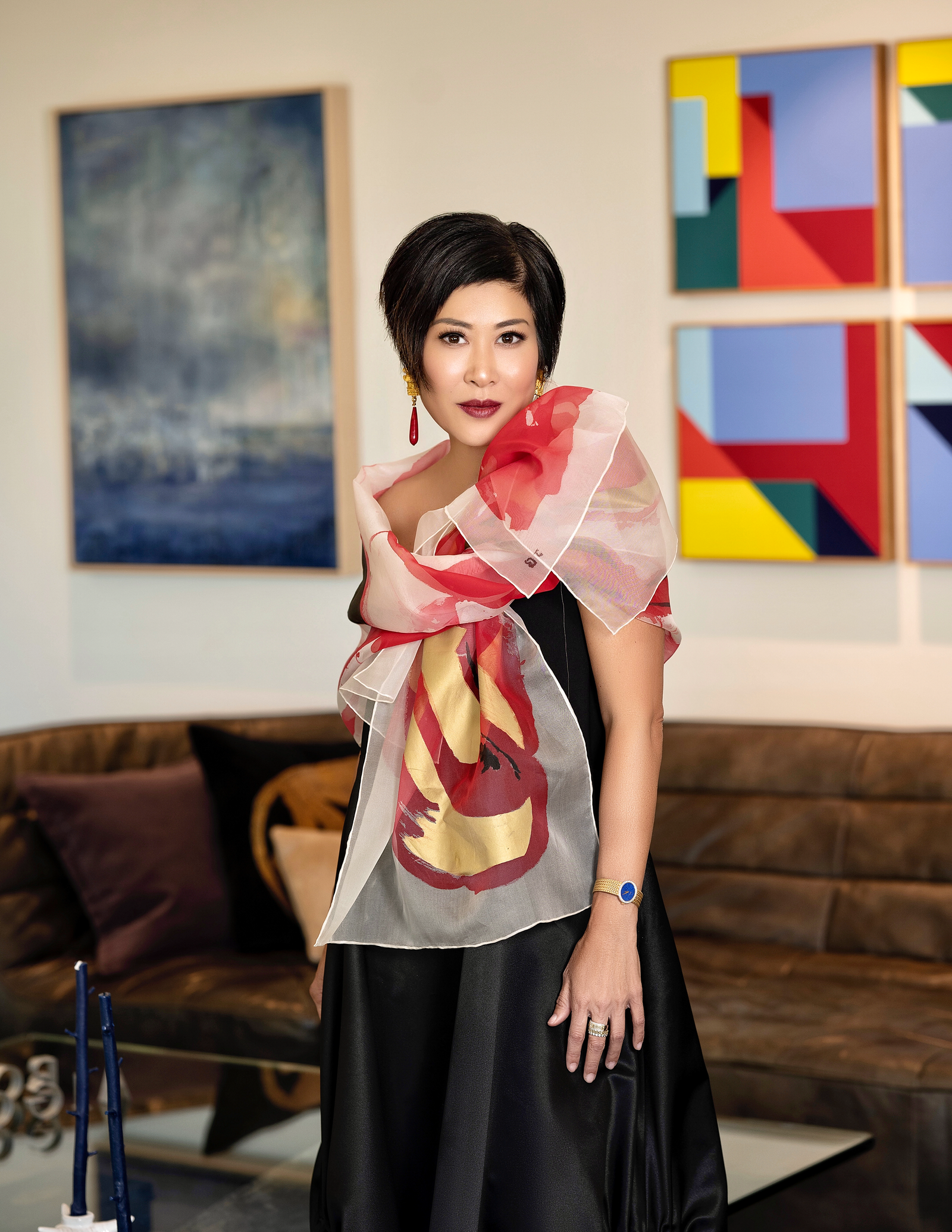
Did you have other mentors throughout your career?
Martha Stewart was another great mentor. People say negative things about her but people say things about successful people all the time.
She was a pretty amazing person. She taught me a lot. She picked me at a Parsons School of Design end-of-the-year show. Martha Stewart’s team liked my work and then I started working for Martha Stewart Living.
This was the magazine that she was publishing for the first time. I was in charge of the back page layout. We were there day and night. I remember being there until two in the morning. I don’t know if people do that now, but we were so honored to work with her and learn the new programs (Adobe Suites).
She always said, ‘you always have to work harder. If you want above average, you have to go over average. Why would you need more than a 4-hour sleep?’ She would roll up her sleeves and really work with us every day at night.
And then I worked for international advertising and design firms, after that, Georgio Armani.
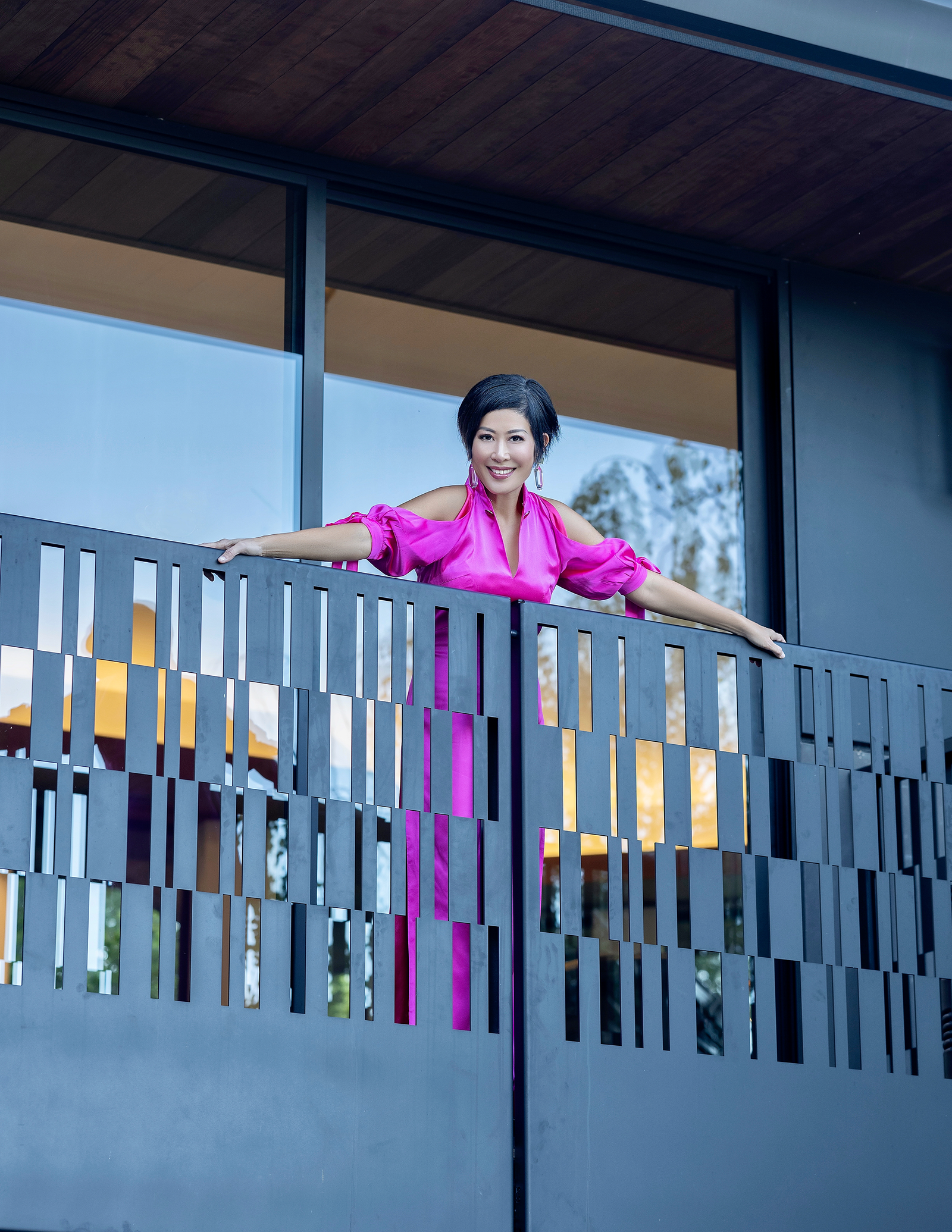
How did you come to start your design firm?
I met my now partner and husband, and we opened our own company, NC2 Studio, and then now, BŌK Modern. I’ve been working on my own company for a while now. And Russ has been my partner in a lot of those companies. I’ve been very fortunate because having him as my partner helped me survive and learn from our failures. It was at NC2 Studio that I started to manage the business and now, 90% of my work is business operations and business development.
What was it like starting a company together with your husband, Russ Naylor?
It was really fun for us. I don’t think we’re normal. (laughs)
He’s more of a true artist. He’s a real creator. I’m more of a commercial designer. I can look at ten things and pick one that’s going to be marketable. I have a very good eye for that. And so, we think very differently. So I don’t think we ever overstep each other.
At the same time, it was tough because we didn’t make any money. One day we woke up and we knew we needed to do something where one of us had to do the business.
Choosing a partner is difficult. You have to make sure that person compliments you. Both of you have to have very thick skin. It’s not just about you two. Things are going to be thrown at you from all angles. Marriage and a business partnership only work if you have a strong foundation in your marriage, so it doesn’t shake every time your business shakes.
You have to make very definitive roles. Russ loves working with the architects to come up with designs and solutions. I love working on business development, operations, contracts, and any problems at hand. I know that God and the universe are on my side because they knew I was good at it and I had to be forced to do it. And here we are. I see Russ probably an hour a day because we’re very separated in our roles and we try our best to have just one of us lead the team or client meetings. When you choose a partner, you need to make sure your roles are very defined and identified. Each person has to learn to own that role and love it, or else it’s going to fail.

What did you learn about leadership in the roles you’ve taken on?
I learned that even if you know better or more than somebody under you, you’ve got to be the person that empowers them. You can’t always overpower them because they will never grow. And you suffer. Plus, you must surround yourself with people who have other strengths or are better than you, so they can help you grow.
As a leader, it’s my responsibility to assess the strengths and weaknesses of an employee and it’s my responsibility to nurture the people that work with me.
It’s almost like a matchmaking game, right? You need to find people that align with your vision.
You do, and you don’t get lucky all the time. I mean, we have employees go in and out, right? A lot of the core team stayed with us for a very long time, but I think people have different beliefs and visions. Finding talent is extremely important, but we also look for potential. Looking at what this person can do and how hungry is this person.
You know, if you have a hundred employees, not all of them are going to be rock stars. Some of them are going to be rock stars. Some are going to be superstars. Some are going to be average. You need all of them on your team.
Is this something you learned along the way or was there an influential time in your career that made you realize this leadership practice?
Oh, most of it came from mistakes. I love that I made a lot of mistakes. I tried the bossy boss route because I thought, as a female of color minority, I had to scream louder, be meaner, and be firm. That didn’t work. I tried being very emotionally invested. I tried so hard to connect with everybody that I failed because I became too personal. I tried everything, you know, and that’s how you learn.
It’s a challenge, but I think you have to love leading. You have to love doing it because it’s a lot of work. I can’t imagine anyone wanting to lead unless that person is passionate about it. And you don’t lead for your ego. Lead because you’re passionate about nurturing and inspiring a group to build an awesome company together.
